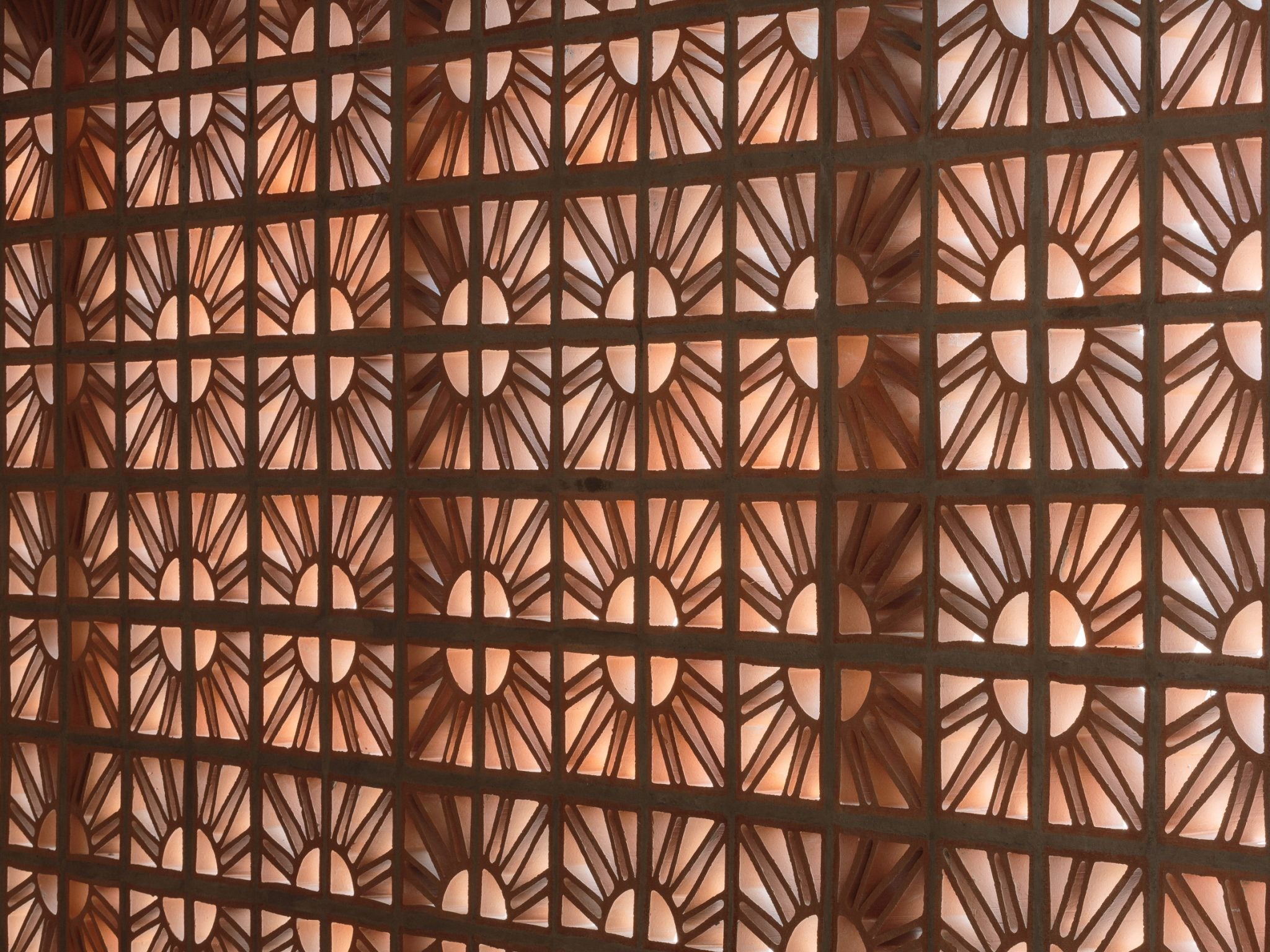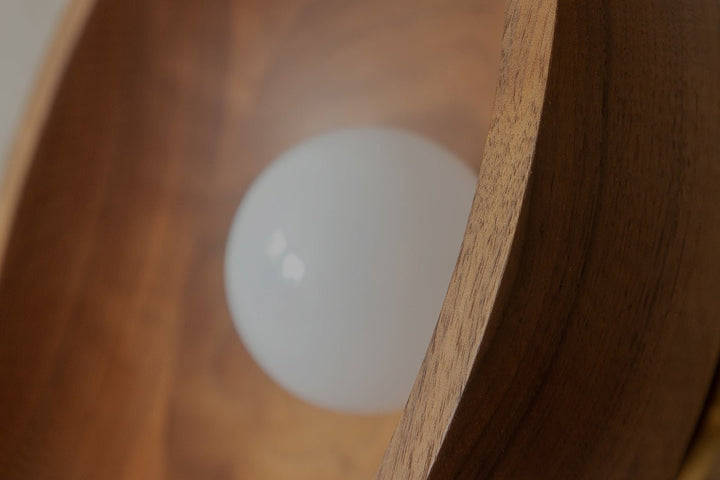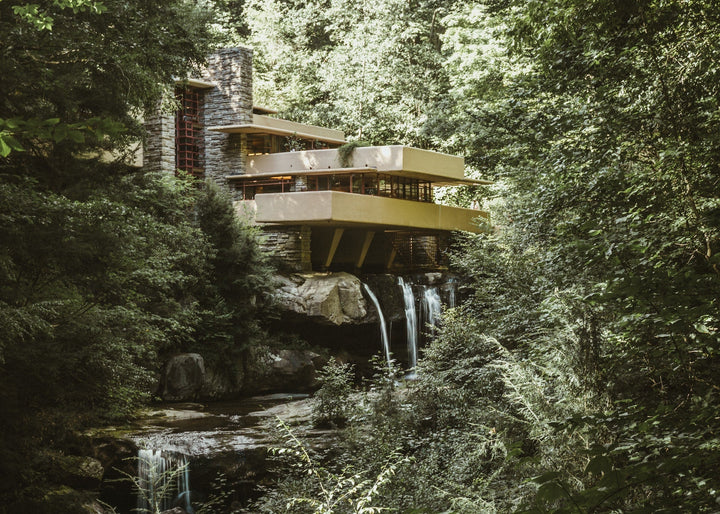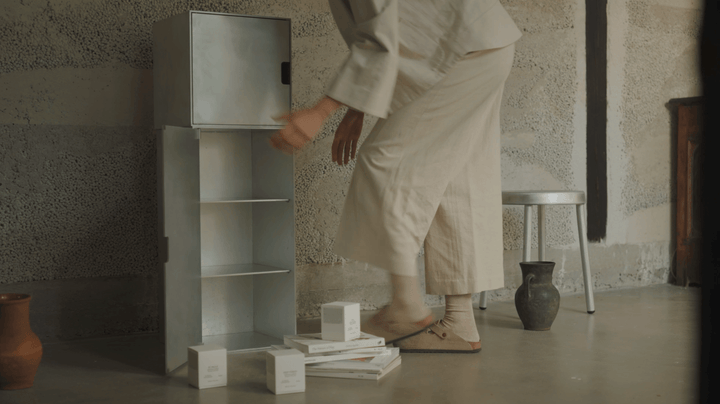There is much more than meets the eye of the standard red brick. Bricks are a rudimentary building material, responsible for both structure and shelter, that ultimately form the backbone of our communities and day-to-day behaviours.
As the acclaimed Mies van der Rohe once stated, “Architecture starts when you carefully put bricks together”. Whilst architects may have always been aware of the necessity of bricks, we see bricks being utilised as more than just simple foundation materials. Good design hinges on how we challenge and manipulate the end-use, application and format of a standardised building material. Bricks are seen as an opportunity to create a structural feature within a design. As a result, designers and architects respond by highlighting the endless capabilities of this material.
Today, advances in technology are enabling building techniques to become more efficient and cost-effective. However one thing that has remained unchanged is the hand-made nature of brickwork. Below we feature examples from some of our favourite projects in which bricks are really having a material moment.
Guilherme Torres Office by Studio Guilherme Torres
In São Paulo, Brazil a breezy façade of stacked alternating bricks forms an entryway into the Architect’s office space. As a response to Mies’ concept of architecture, the balancing act of some twenty-five thousand bricks creates a sculptural façade. Through the apertures created within the brickwork, Studio Guilherme Torres allows the building to engage at all times with its external surrounds.

Yves Saint Laurent museum by Studio KO
The latest project by Studio KO in Marrakech, Morocco combines extraordinary techniques and textures across every face of the structure. Housing the selected works of Yves Saint Laurent, the building is a work of art and the structure alludes to the composition of curves and linework from working drawings of the fashion designer. A prime example of the success of methodical, considered placement of bricks to form sculpture within architecture.



Xanadu Gallery by Frank Lloyd Write in Union Square
With its impressive arched entryway, the Xanadu Gallery in San Francisco is a favourite of ours due to the engineering behind the architecture. Built in 1949, its design was incredibly forward-thinking for its time. Curves and bricks aren’t usually two words that go hand in hand in most peoples minds. However, through their methodical placement, each brick supports the next within the tiered archway.

Grundtvig’s Church by Peder Vilhelm Jensen-Klint in Copenhagen, Denmark
Six million yellow bricks have been laid to form one of the world’s most impressive churches and what could possibly be seen as the epitome of brickwork. Dedicated to the 19th-century Danish philosopher, historian, hymnist, pastor and politician Grundtvig, 30,000 bricks make up a single column alone. The grandeur of its towering internal archways and ribbed columns is even more impressive than the stacked façade. The textured ribbing of the tiered brickwork extends into the vaulted ceilings to create a space which is rich in brickwork details and ornamentation.



Triplex in Sant Antoni by Valenti Albareda
With beautiful original formwork, the architect challenged the typical residential stair system with the use of brickwork. Set in Barcelona, Spain, terracotta bricks have been laid vertically to juxtapose the rough cobbled edges of the stone walls in a series of stack-bonds and form a feature staircase within a beautiful heritage space.


Aesop by Studio Campana
Similar to breezeblocks, the traditional Brazilian Cobogó bricks allow light and air to flow seamlessly through space. As a response to the Aesop’s store location in São Paulo, Brazil, the brickwork acts as a decorative cladding extending from the outside in. As a response, Studio Campana developed a terracotta brick interpretation of the traditional Cobogó brick. Formed and stacked, the brick formation creates a featured motif to filter light through the room in a decorative way. Terracotta bricks also form retail elements which showcase the varied capabilities of the material within the interior space.






